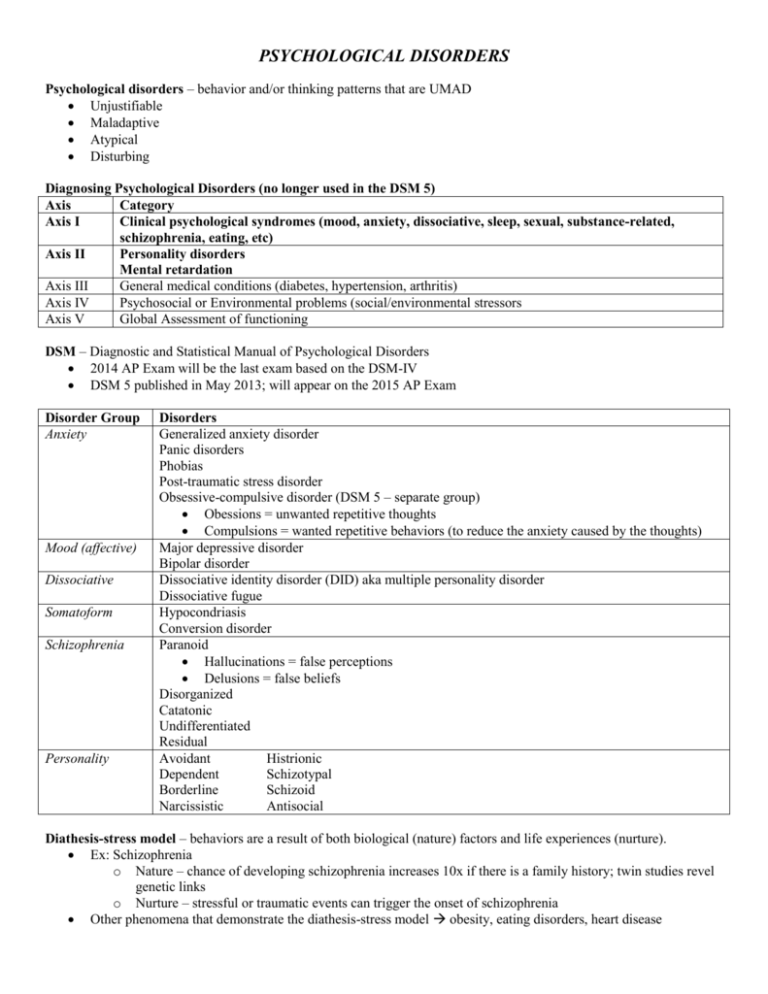


The person is aware that the obsessional thoughts, impulses, or images are a product of his or her own mind, as opposed to delusional in nature.The person attempts to ignore, suppress or neutralize these thoughts, impulses, or images.Recurrent and persistent thoughts, impulses, or images that are intrusive and cause marked anxiety or distress but are not excessive worries about real-life problems.Examples of compulsions include cleaning, counting or arranging. Examples of obsessions may include themes related to cleanliness, aggression, harm, symmetry, etc. Those individuals who do not report engaging in compulsions (rituals) are often referred to as “Pure O’s”, or “Pure Obsessionals”.Īs was discussed earlier, a person who evidences OCD experiences obsessions and/or compulsions (rituals) which result in emotional distress. Under the DSM-5, Obsessive-Compulsive Disorder (OCD) is characterized by obsessions and/or compulsions.

Symptoms of Obsessive-Compulsive Disorder under DSM-5 Although individuals with OCD are aware that their rituals are senseless (unless they lack insight), they have great difficulty not engaging in their ritualistic behaviors, for the reasons mentioned above. The majority of individuals with OCD experience both obsessions and compulsions. This is referred to as “thought-action fusion” (TAF). and (2) to prevent or lessen the likelihood of acting on the thought/image. The ritual serves two functions: (1) to reduce the intensity of the anxiety, disgust, etc. As a result of this emotional distress, the person feels a need to perform some type of ritual (either overt or covert in nature). This emotional distress is triggered by not only the intrusive thought, but primarily because this thought is ego-dystonic (i.e., not a true representation of her true personality). This intrusive thought causes her to feel anxious, disgusted with herself, as well as guilt-ridden. For example, a woman with OCD, may experience an obsession which involves the thought or image of killing her child by stabbing him or her. Although these emotions primarily involve anxious arousal guilt and disgust may also be experienced. Obsessive-Compulsive Disorder (OCD) is a condition in which an individual experiences intrusive thoughts, images, or impulses which create a high degree of emotional distress. DSM-5 Category: Obsessive-Compulsive and Related Disorders Introduction


 0 kommentar(er)
0 kommentar(er)
